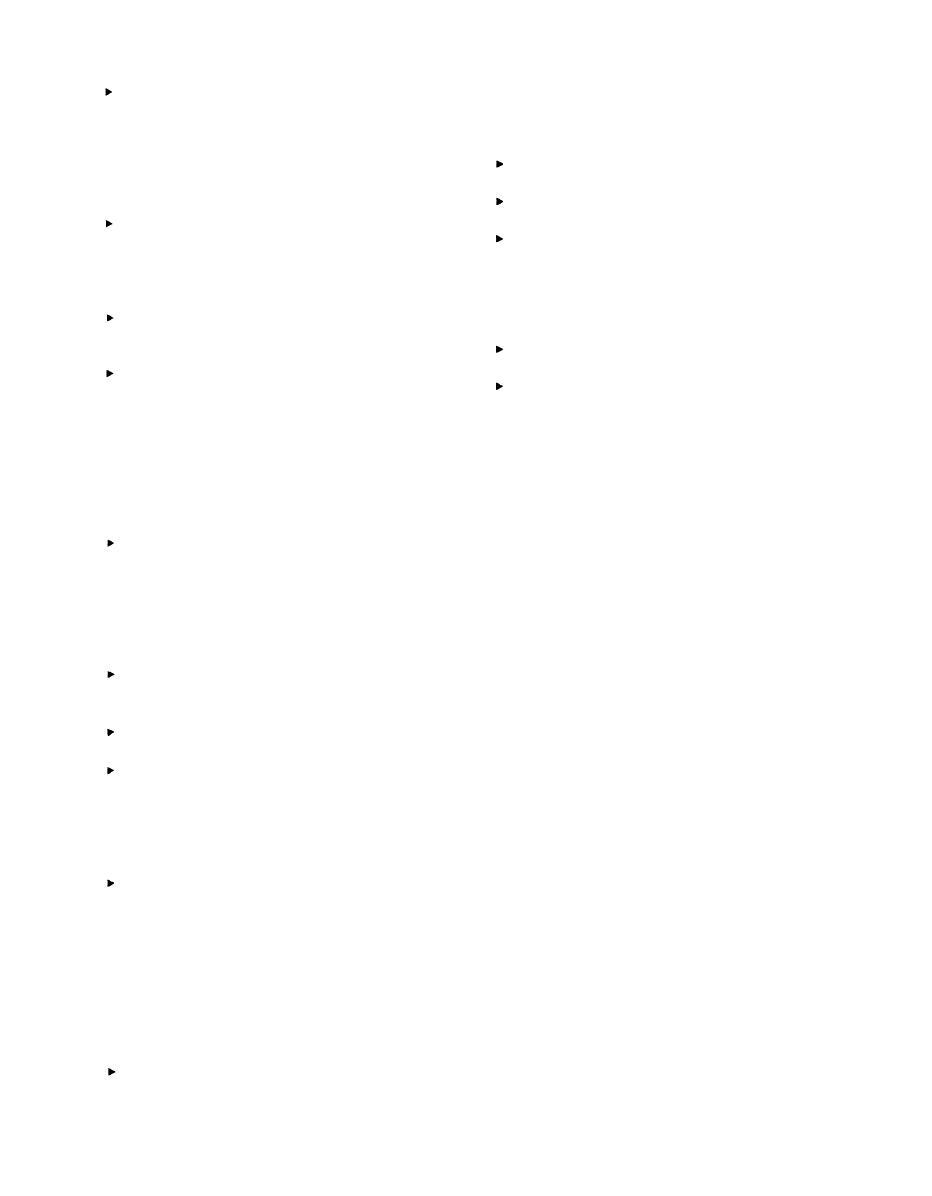

Custom Search
|
|

|
||
 box, or other object that edges a
Set unbaited traps along runways, along
runway. Overhead runways along
walls, behind objects, in dark corners
pipes, beams, rafters, and ledges
where the rat is forced through a
are good sites too.
narrow opening. Place the trigger side
Do not place glue boards directly over
of the trap next to the wall. [Rats will
food products or food preparation areas.
step on the trap during their regular
Secure the glue board with a nail or
travels.]
wire so a rat can't drag it away.
When runways are located on rafters
Install glue boards in bait stations if
and pipes, set expanded trigger traps
people might be upset to observe a
directly across them, fastening them to
struggling rat, where children or pets
pipes with wire, heavy rubber bands, or
could come in contact with the glue, or
in areas with excessive dust or
Set traps where droppings, gnawing
moisture.
damage, grease marks and other
Check glue boards frequently and
evidence of activity is found.
dispose of rodents humanly.
Use enough traps. [A dozen may be
Adding a dab of bait to the center of the
needed for a house, a hundred for a
glue board may improve its
small warehouse.] Set five or ten traps
effectiveness.
in an active corner of a room. Set three
traps in a row so a rat, leaping over the
Rodenticides
first, will be caught in the second or
A rodenticide is a pesticide designed to kill
third. If unsure about sites of activity,
rodents. There are three major formulations of
set traps along possible runways spaced
rodenticides used to control rats: food baits, water
10 to 20 feet apart.
baits, and tracking powders.
Camouflage traps when left with only a
Food Baits. Rat baits combine a poison effective
few rats that become very difficult to
against rats with a food bait attractive to rats. At one
capture. Set traps in a shallow pan of
time, applicators mixed their own baits. Now baits are
meal, sawdust, or grain. [Place a small
mostly purchased ready-made and packaged as
piece of cloth or plastic over the trigger
extruded pellets, in a dry meal, or molded into
to prevent the meal from jamming the
paraffin blocks for wet sites. Baits may be obtained in
mechanism.]
45-pound bulk tubs, in place packs containing less than
In stubborn cases, expose food in
one ounce of bait, or anything in between.
shallow pans until the rats readily feed
Some baits kill rats after a single feeding, some
on it. Then add a buried trap.
require multiple feedings. Some are anticoagulants
Move boxes and objects around to
[causing rats to bleed to death], some affect
create narrow runways to the traps.
respiration, and others have totally different modes of
Avoid spraying insecticide on the trap,
action. Some are only slightly toxic to people or pets,
or even storing traps with application
some moderately toxic, and some very toxic.
equipment. The odor of other rats
Many of the old, ancient poisons that were toxic
improves a trap's effectiveness.
to humans were also used to poison rodents.
Likewise, the odor of insecticide can
Experimentation with poisons for killing rodents,
make a rat steer clear.
produced rodenticides made of arsenic, cyanide,
inspect traps frequently to remove dead
strychnine, etc.: stomach poisons, that were mixed
rodents and change old bait.
with food and had such extreme toxicity that they
Glue Boards. Another way to trap rats is with
killed any animal that ingested them in sufficient
glue boards. Glue boards use a sticky material that
amounts. Rats that did not eat a lethal dose, however,
captures rodents. Although most often used against
recovered, became "bait shy" and communicated their
mice, they are sometimes effective against rats. Be
preference -- or revulsion -- to others in the colony.
sure to use larger glue boards that have been designed
Because of this, these poisons were undependable.
to trap an animal the size of a rat. Be aware that some
A new type of rodenticide was developed in the
consider glue boards inhumane, since they often kill
1940's that reduced the clotting ability of the blood.
the rodents.
This material became Warfarin, the first anticoagulent
Place glue boards in the same location
rodenticide. Others followed: warfarin, coumafuryl,
as you would place snap traps. Place
chlorophacinone, diphacinone, pindone, valone. The
them lengthwise flush along the wall,
anticoagulents were effective and did not cause bait
Module Three Chapter 2, Pg 8
|
 |
|
 |
||